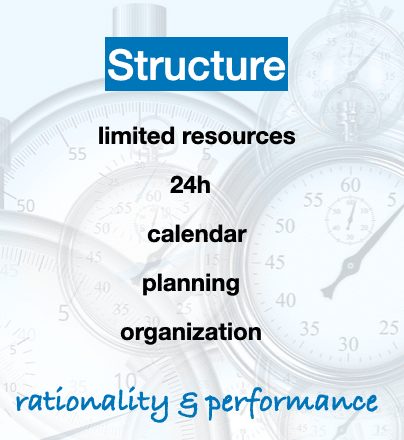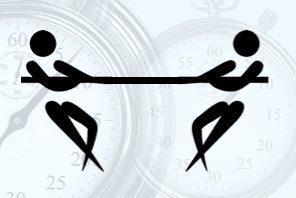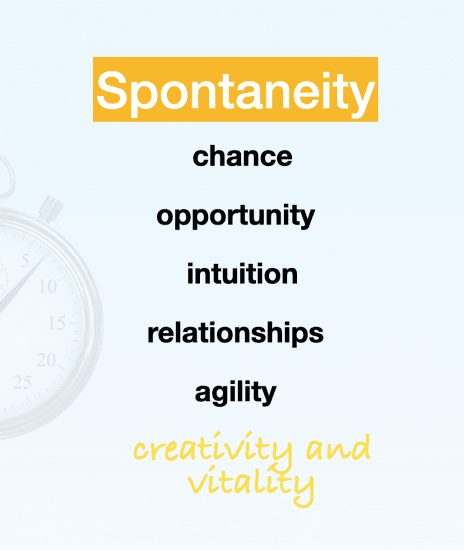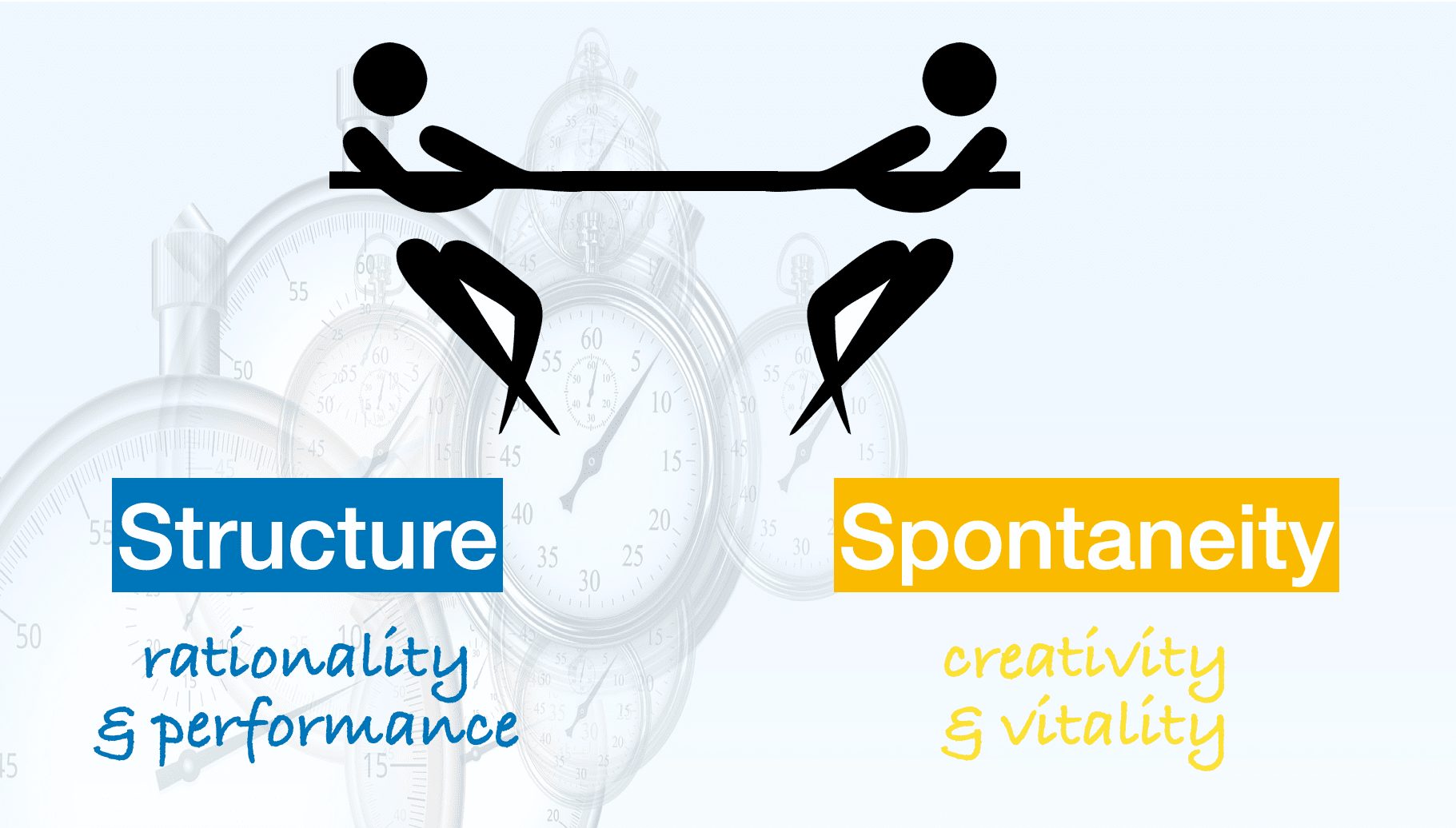For as long as I can remember, I have felt that being structured and organized was a higher quality than being spontaneous. Especially in big business, we are recognized — if not rewarded — for our analysis, sense of organization and cartesian order. In business schools and in board rooms around the world, there is a strong preference for knowing how to perform with the constraint of limited resources. Decisions based on facts and figures reassure. It’s all about planning methodically, delivering on time and bringing in the numbers. Yet, is there not a place for spontaneity and intuition at work? And what of emotions?

Thinking differently

I’ve long held that there are two types of minds: those who like/prefer to think A-B-C-D-E and those who go G-Z-B-O-C. We might otherwise describe these two mindsets as those who are linear (aka orderly) and those who are creative (aka unstructured). In a similar mode, there are those who enjoy the spontaneity and surprises of last minute-ness; while others prefer to plan, prepare and organize in advance. If you’re a creative spirit, there’s a chance that spontaneity and emotion is a part of your daily diet (but not necessarily, of course). If you’re an accountant, programmer or engineer, you’ll probably swing more toward analysis and planned organization. But, if people from one side of the aisle might sometimes look at the other side as extra-terrestrials, both sides need one another. Times are different and the need for a different style of leadership is pressing.
Structure in uncertainty?
It’s difficult to provide structure and create concrete long-term plans when there’s so much uncertainty. When we describe these as unprecedented times, we are obliged to navigate without the benefit of a comparable past experience. It’s like having to pilot a plane through a storm with only visual cues (VFR) versus instruments (IFR). To survive and thrive in these rather unpredictable times, I would argue that we need more of the spontaneous and intuitive spirit injected into business. In an environment where we have no data to help guide us and predict what’s going to happen, we’re stuck having to make it up as we go along.
Process of creative destruction
I have personally found this pandemic period to be an extremely creative time. Aside from having more time to reflect and coming up with an enormous number of blog posts to write, I see many cases of people and businesses having to re-invent themselves. In no uncertain terms, this is Schumpeter’s creative destruction process happening in front of our eyes. Even before the pandemic hit, we were talking about a new way of doing business, often labelled as digital transformation. In reality, it’s really a full-scale transformation that was and is needed. As part of the “new way”, with the accelerated pace of change, the onslaught of new technologies, and the ability for fleet-footed entrepreneurs to turn on a dime (aka pivot), any legacy business that stands on its laurels will be disrupted. Being founded in 1907 is no guarantee of future of success.

In such times — and I believe going forward — every company, down to its local business unit, will need to be able to react and shift rapidly, decide with instinct and take advantage of opportunities as they happen (as opposed to through committees and purely through the lens of the P&L). But, as a leader, can you feel the heartbeat of your business? When you are in sync with all the different inputs, you find a certain flow state. It’s in this context I posit that we need a good deal more spontaneity, creativity and intuition in our workflow. That would include in the profiles of people we hire, which is why I’d encourage businesses to hire individuals who have studied anthropology, sociology and literature (among other fields). There are many more dots to connect, from diverse sources, people and in the space around us.
Managing the paradoxes
As with so many things in leadership, there is nuance in this call to creativity and spontaneity. We need both intuition and order. In quantum mechanics (a field about which I know scant), there is a place for order and chaos. In business, the excitement and chaos of creativity needs to pass through a semblance of order to become a reality. Ideas need to be generated then parsed. Strategic allocation of resources means that we need to prioritise and then act.
We live in a world of paradoxes and conflicting forces. As I discuss in my new upcoming book, You Lead (Jan 2021), one of the big ones is this tension between order and chaos. As part of our human condition, we love to explore, break down and organise what we find. It’s reassuring to be able to give it a label, to codify it, and put it in a box.
The best laid plans of mice and men struggle to come to fruition in the face of the messiness of life.
However, life and relationships are necessarily messy and unpredictable. In a world where big data and analytics is the main currency of marketers (to wit programmatic advertising, automated CRM and AI-powered chatbots), brands that want to cut through the noise over the long haul would do well with a bit more magic and creativity. It can’t all be about efficiencies and conversion rates. And when it comes to managing teams, pressing the human resource until it bleeds will perpetuate the deep level of distrust and disengagement. This is not a boolean choice. It doesn’t have to be all order and productivity and it certainly must not be all play and intuition. It’s absolutely desirable to perform and be demanding, all the while being empathic and accepting more spontaneity and creativity.
What do you think? To what extent do you believe that we need to readjust the scale? What place can intuition and spontaneity have in business?











